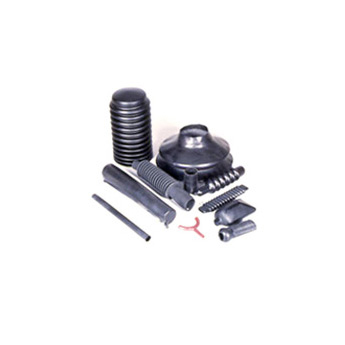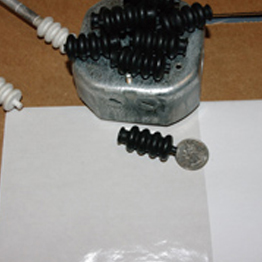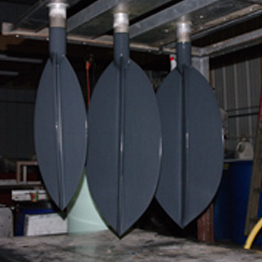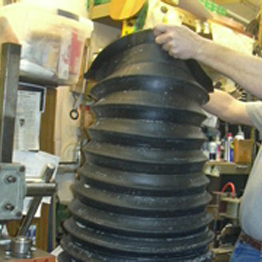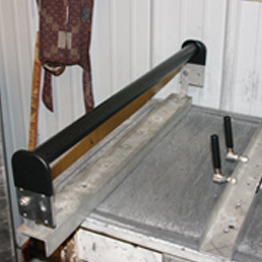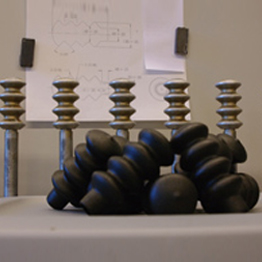Dip molding offers an attractive alternative to other molding technologies. Cosmetic appeal, seamless parts, inexpensive tooling and rapid prototyping are just a few of the many advantages of dip molding. Materials including natural latex rubber, neoprene, nitrile (Buna-n), silicone and vinyl (pvc) are all available in dip molding compounds. With an infinite array of textures, colors, and durometer to choose from, dip molding offers versatility and economic advantages unmatched with other molding technologies.
View All Services Request A Quote
Portfolio Gallery
Dip Molding Capabilities
- Part Quantities
-
Typical annual quantities range from 1 to hundreds of thousands of pieces.
- Lead Time
-
1 day turnaround if needed
- Materials
-
- Natural latex
- Neoprene
- Nitrile (Buna-N)
- Silicone
- Vinyl (PVC)
- Tolerances
-
up to .0005
- Secondary Operations
-
- Powder Coating
- Hot Stamping / Pad Stamping
- Adhesive Bonding
- Traditional Machining
- Rubber Molding / Fabrication
- Rubber Molding / Fabrication
- In-House Tooling
- Trimming
- Dieing
- Assembly
- Industries Served
-
Agriculture
Hunting
Industrial
MedicalMilitary Aerospace
Outdoor Recreation
Shooting
Veterinary
- Acceptable Drawing File Formats
-
Adobe .PDF format
CADKEY .dxf or .dwg format
- Professional Associations
-
- FFL#: 4-35-153-07-0D-01379
- SOT#: 2007172-N50-011
- IGFA
- Shapes and Sizes
-
Bellows, boots, bulbs, and tubing are just a few of the shapes that can be produced utilizing dip molding. Parts can be produced in nearly any shape, size or configurations. Though there are some limitations to the geometry of dip molded parts, often dip molding can produce parts that would be impossible through other molding technologies. Utilizing dip molding, large parts can be produced inexpensively that would cost tens of thousands of dollars in mold costs with other molding technologies.


